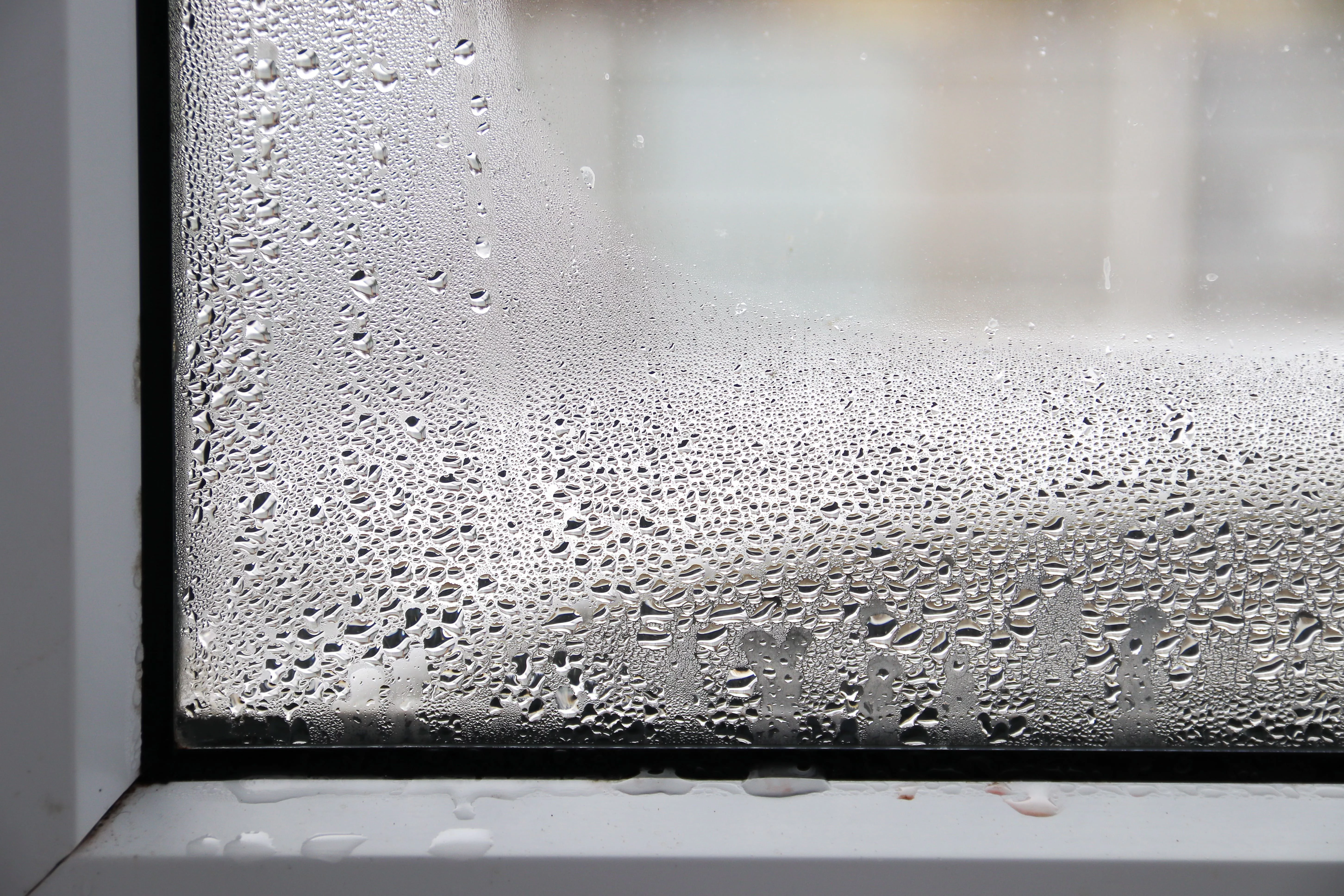Kuwait’s summer brings with it a unique blend of warmth, sunshine, and elevated humidity levels that define the season. While most people focus on cranking up the AC to stay cool, they often ignore the silent damage creeping in because of high moisture levels in the air. Understanding how humidity in Kuwait affects your living space is crucial to keeping your home safe, sound, and structurally intact.
Let’s dive into the real impact of Kuwait’s summer humidity—and more importantly, how you can proactively tackle it before it causes long-term harm.
Why managing summer humidity in Kuwait is essential for your home
Humidity refers to the amount of moisture present in the air. In hot climate conditions, this level can rise quickly, especially during summer when the air is already saturated with water vapor. While some moisture is necessary for comfort and health, too much of it can have the opposite effect, damaging materials, creating musty odors, and even compromising your home's structure.
That’s why humidity in Kuwait isn’t just a comfort issue, it’s a home maintenance concern.
The hidden damage of high humidity
1. Wood warping and rot
Wood and moisture are never a good match. High humidity levels cause wooden elements in your home, like flooring, door frames, and furniture, to absorb excess water. Over time, this leads to swelling, warping, and even rot. In severe cases, it could mean replacing floors or costly structural repairs.
2. Peeling paint and bubbling wallpaper
Excess moisture in the air makes it hard for painted surfaces and wallpaper to "hold on." As a result, you might notice your walls starting to peel or bubble, especially in rooms that are poorly ventilated or near walls where condensation collects more easily.
3. Mold and mildew invasions
One of the most dangerous effects of humidity is how easily it encourages mold and mildew growth. These fungi thrive in warm, damp conditions, exactly what Kuwait summers provide. Besides looking and smelling unpleasant, mold can trigger allergies, worsen asthma, and pose serious health risks.
4. Electrical system issues
Moisture doesn’t mix well with your home’s electrical systems. High humidity can corrode internal wiring and metal components, leading to short circuits or degraded performance of your appliances. This kind of damage is not only expensive to fix but can also be dangerous.
5. Structural compromise
Continuous exposure to high humidity causes expansion and contraction in construction materials. Over time, this can lead to cracked walls, weakened plaster, and even foundation issues if moisture seeps into lower levels of your home.



)

